Luckily however, the vinyl resurgence shows no sign of abating— inciting renewed interest in the design of the physical object. Additionally, even the little square in the corner of your Spotify can be a vehicle for some awesome designs.
Psychedelic Influence
In the 1950s there was some kooky cover art around. But, most record sleeves just featured photos of bequiffed or bouffanted singers smiling demurely. However, as the 60s matured, album artworks became decidedly weirder. And, we’re not saying that the new popularity of psychedelics had something to do with that but… oh no wait, yes we are.
Style Meets Substance
As bands began to embrace all aspects of psychedelia, from surreal lyrics to experimental sounds, cover art became an essential way to communicate their identity. Many albums and singles were purchased simply on the strength of the image on the front. These purchases risked being a disappointment if substance didn’t match up to style. But, many did, and there remains a ton of iconic album covers from this period. Over the years aesthetic trends changed, but the experimentalism remained. And now, a psychedelic revival is happening, not just scientifically, but musically too. This means whole new generation of musicians are wielding some pretty snazzy artwork.
Discover Your New Favourite Band!
Due to this, we have decided to put together a list of the top 10 trippy album covers, spanning from the 60s up till now. They can of course be looked at as stand-alone artworks, but we definitely recommend seeking out the music behind the cover as well. You might discover a new favourite band!
The Psychedelic Sounds Of The 13th Floor Elevators, 1966, by The 13th Floor Elevators
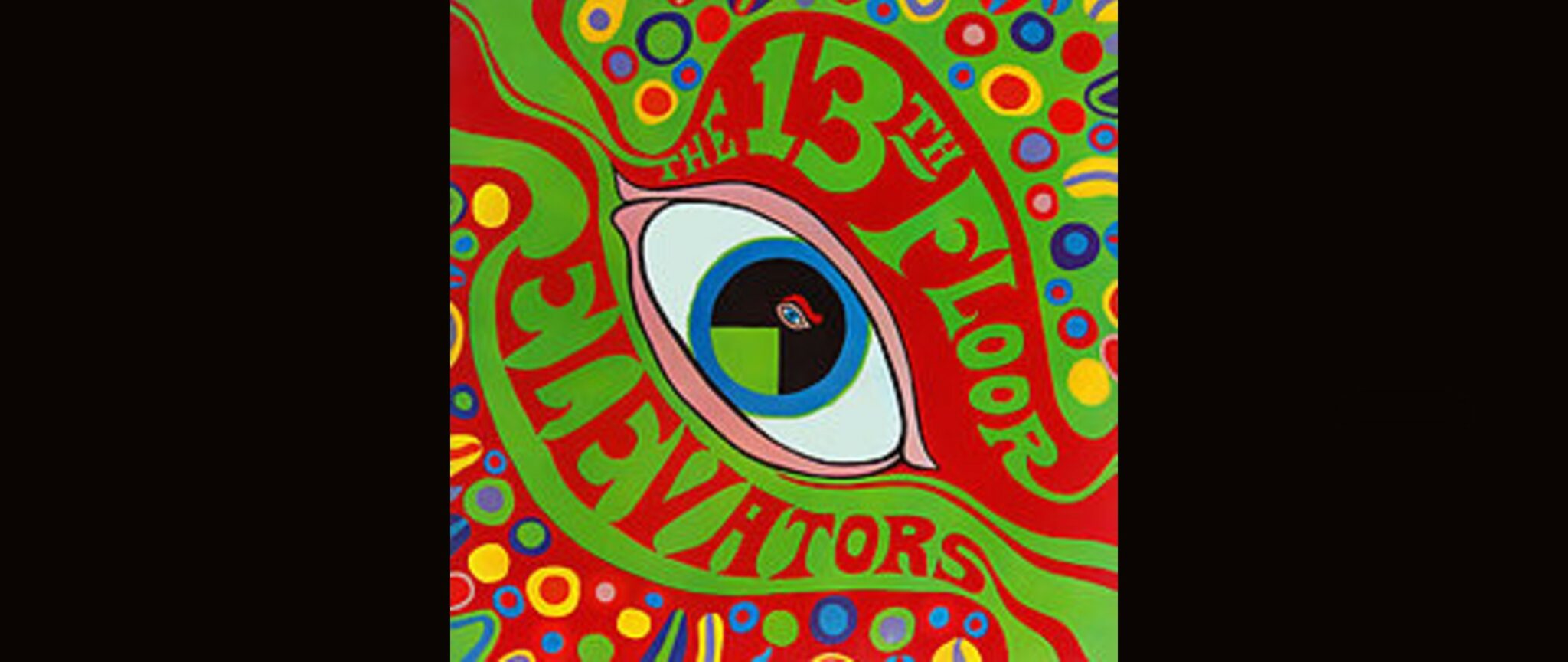
One of the first groups to coin the phrase ‘psychedelic rock’, this Texan band even featured an electric jug player. Despite only existing from 1965 to 1969, they remain one of the most influential psychedelic groups of all time, inspiring later bands such as REM and Primal Scream. You can clearly hear the influence of hallucinogens in their lyrics;
“After you trip life opens up / You start doing what you want to do / And you find out that the world that you once feared / Gets what it has from you”
The artwork for this album features iconography which is now synonymous with psychedelia. The all-seeing-eye within all-seeing-eye, the swirling text and the brightly coloured blobs that frame it.
Sgt. Pepper’s Lonely Hearts Club Band, 1967, The Beatles
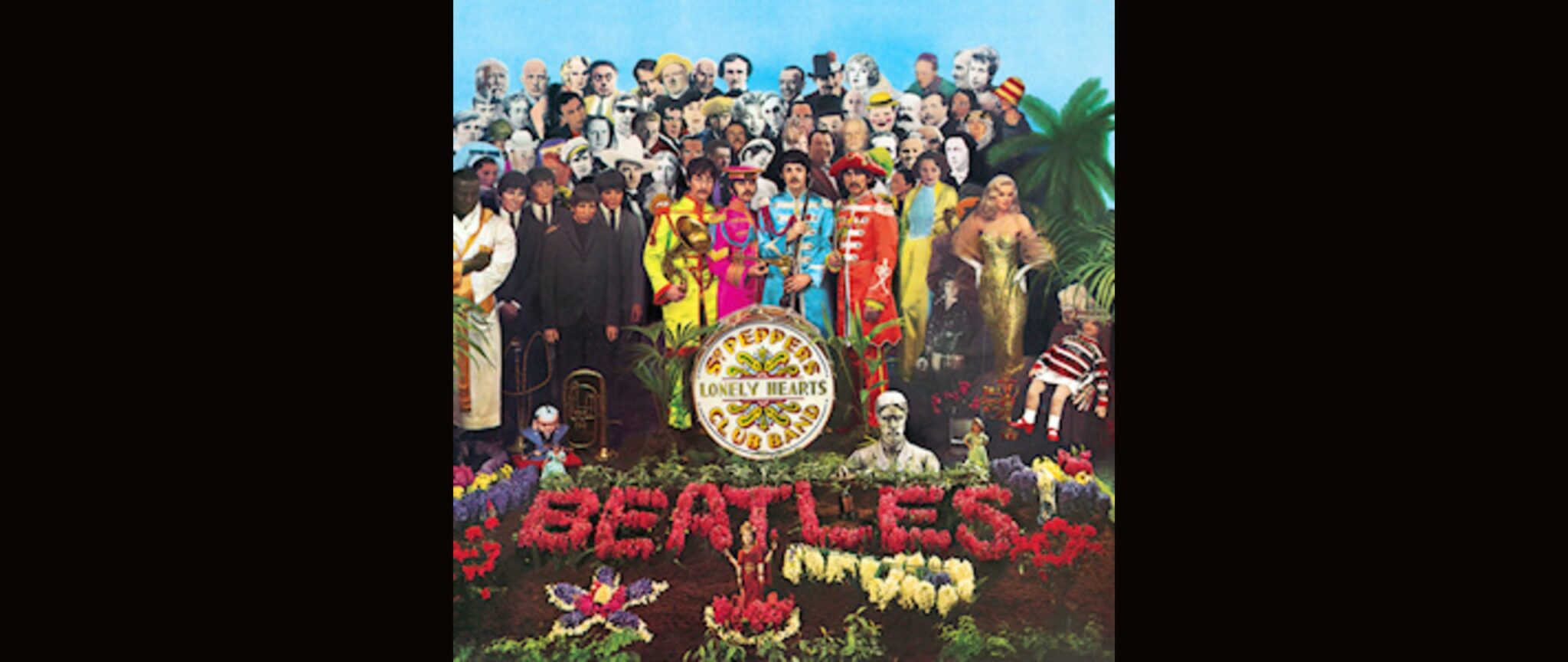
One of the most iconic album covers ever, if you don’t know it, you’ve been living under a rock! Dressed in fluorescent military garb, the band stands amongst a surreal roll-call of the most famous faces in history. The cover was designed by pop artists Sir Peter Blake and Jann Hansworth and aimed to merge the avant garde of the past with the new age, reducing the segregation of high and low culture. Celebrities featured in cardboard cut-out form include Bob Dylan, Marlon Brando, Marilyn Monroe, Laurel and Hardy, Oscar Wilde, Karl Marx and Albert Einstein. Lennon’s request to feature Adolf Hitler and Jesus Christ were rejected.
The Velvet Underground and Nico, 1967, The Velvet Underground
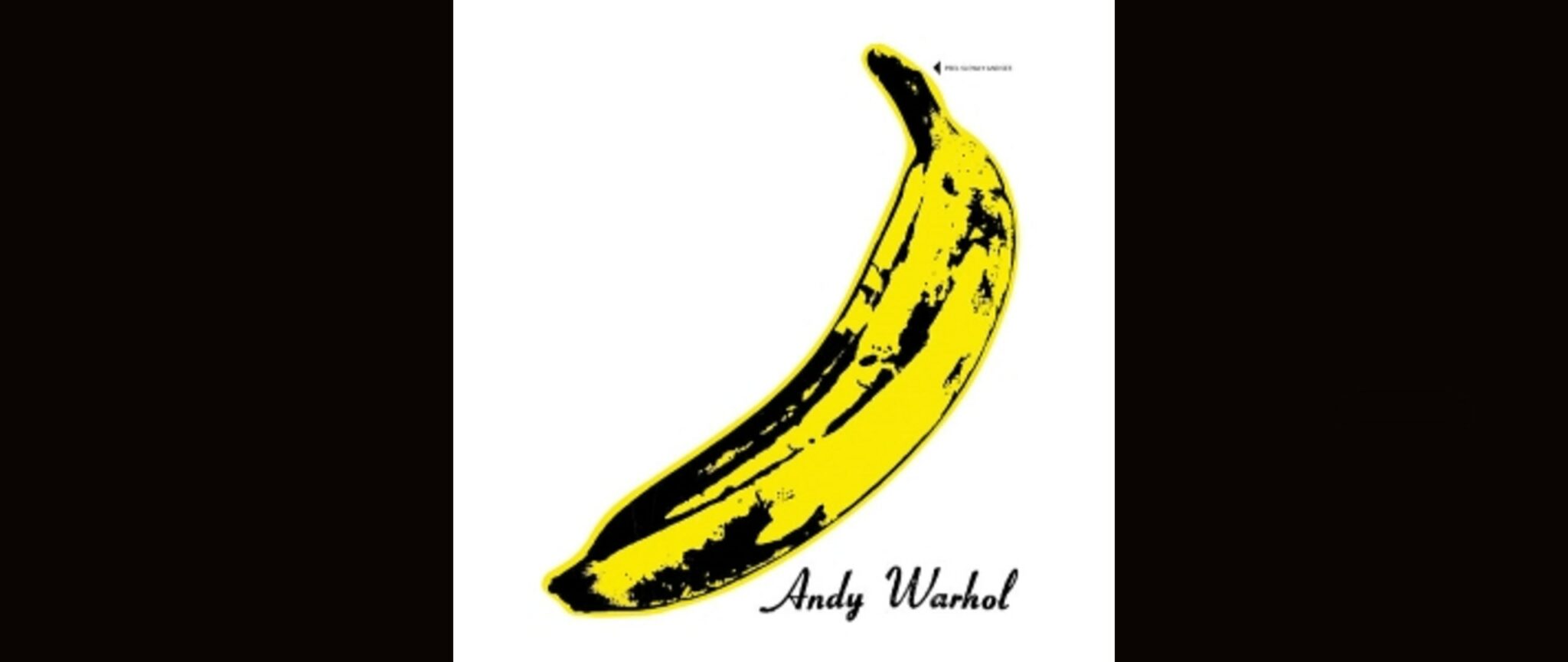
Another icon, you’ve probably seen this superstar banana on countless t-shirts and memorabilia. But, although minimal on the surface, the original copies hid a trippy surprise. The Warhol banana was actually a sticker. Small text near the stalk encouraged you to ‘PEEL SLOWLY AND SEE’. Revealed beneath was an incredibly phallic pink banana. In fact, it was only the endorsement of Warhol, one of the most famous artists in history, that allowed it past record label execs.
Bitches Brew, 1970, Miles Davis
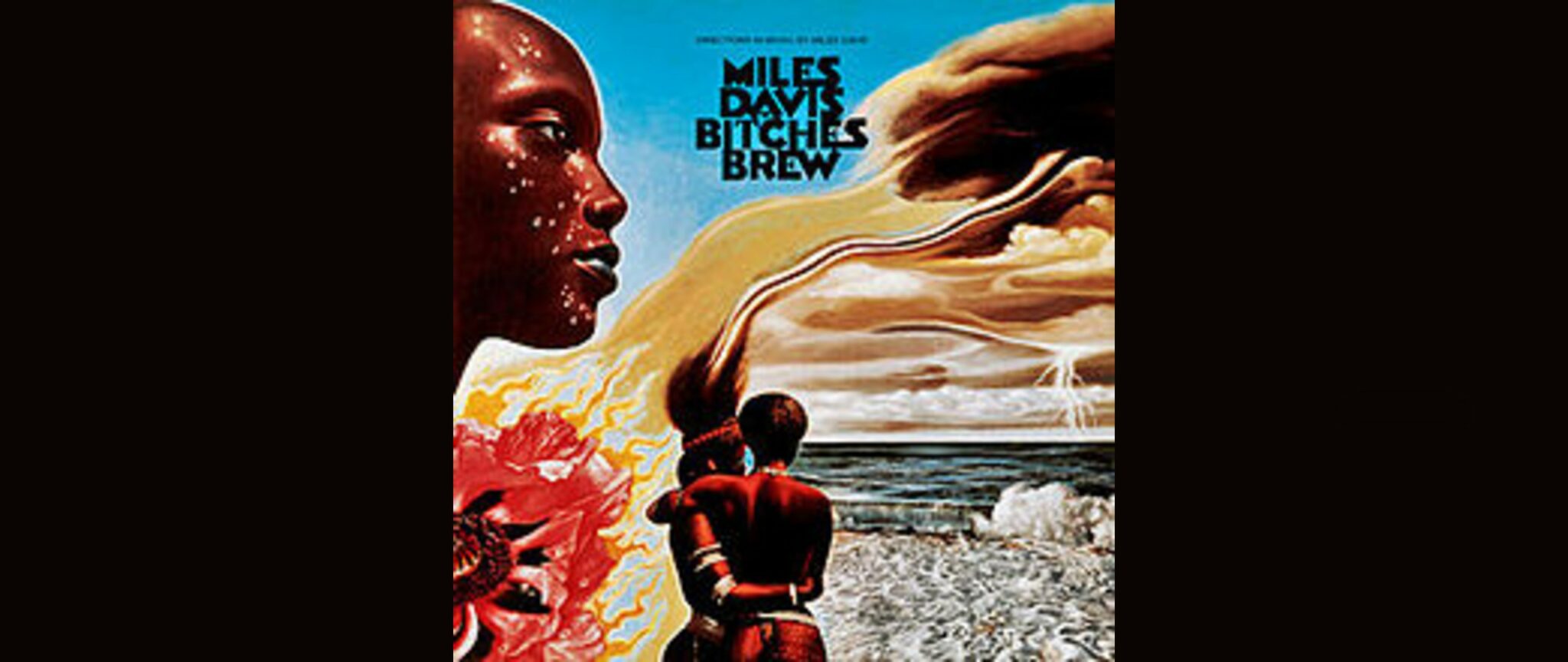
This 1970 album marked Davis’ fusion of traditional jazz and psychedelic rock. This visionary move needed a visionary album cover. The sleeve featured a painting by German Artist Mati Klarwein, who’s surreal work led Timothy Leary to claim “Mati didn’t need psychedelics!”. The cover is widely thought to be a comment on race relations in America, featuring a black and a white woman coiled together on its spine.
Dark Side of the Moon, 1973, Pink Floyd
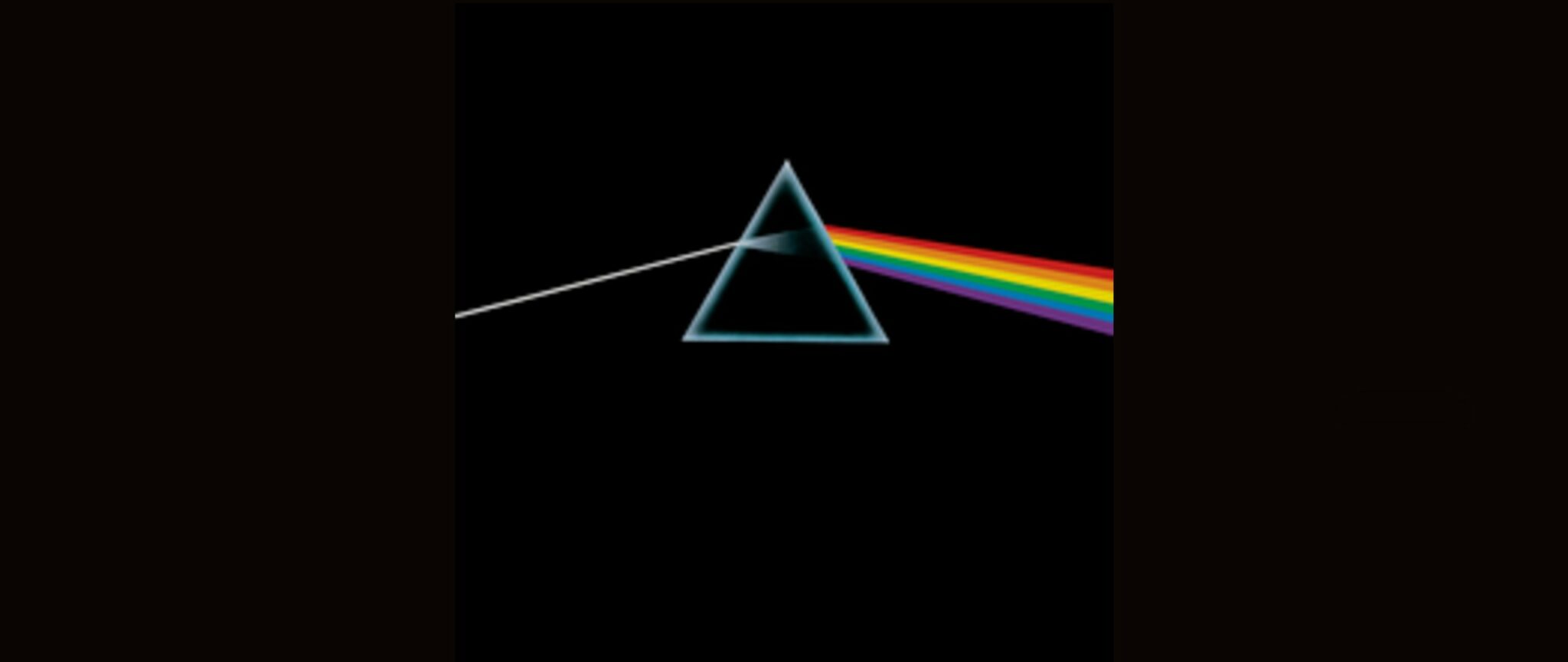
I mean… this stoner/psychonaut favourite had to be included. Regarded as both one of the best albums and album covers of all time, much of its power resides in its mystery. The front cover that does not bear the band’s name, the inscrutable prism that creates a rainbow. There are many conspiracy theories and legends about the album, but one thing for sure, Dark Side of The Moon remains a design classic.
Space is the Place, 1973, Sun Ra
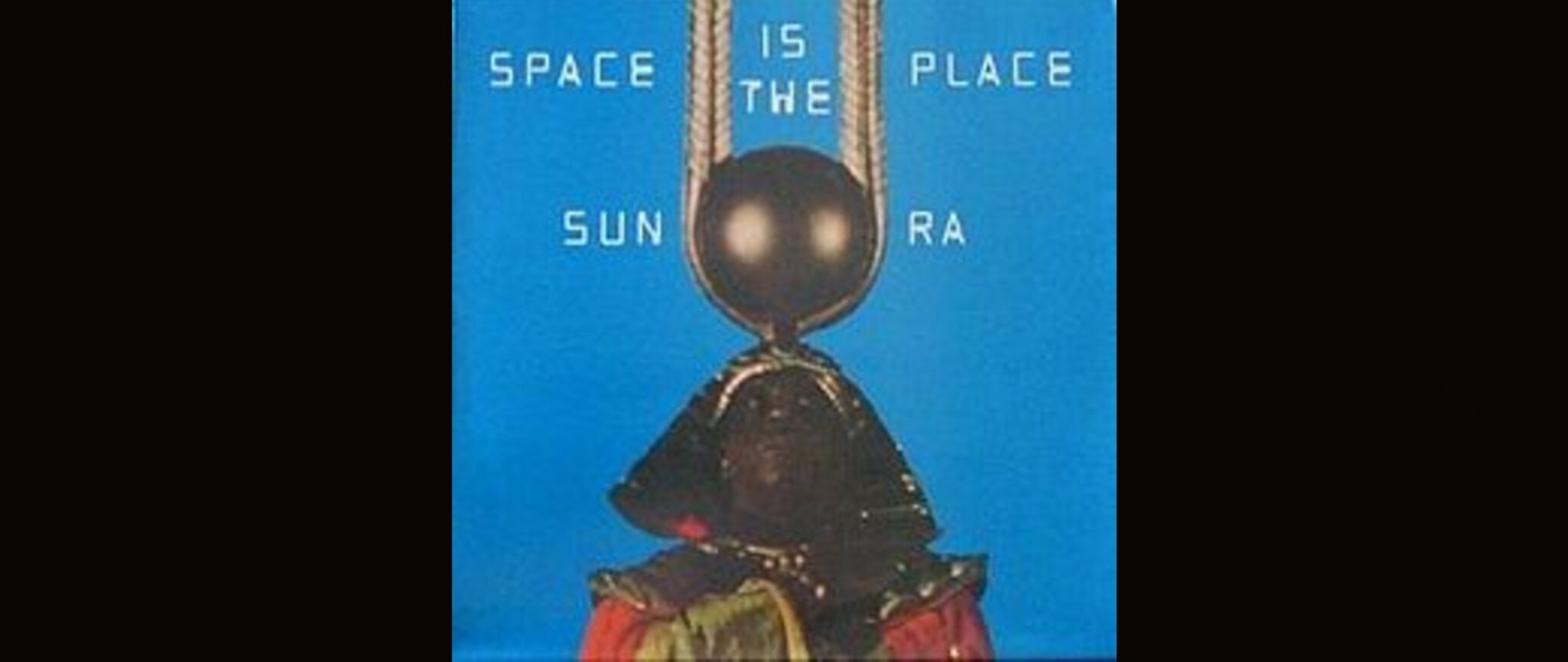
Cult favourite Sun Ra was born Herman Blount, in Alabama. However, by the time he was performing under his stage name he identified as being from Saturn. The title track of the album, coming in at 21 minutes of space-age free jazz is thought to be one of Sun Ra’s most accessible works— which gives you a clue about his general vibe. On the cover Sun Ra presents himself as a sort of pharaoh-cum-psychedelic priest. Trust us, space really is the place.
Slave to the Rhythm, 1985, Grace Jones
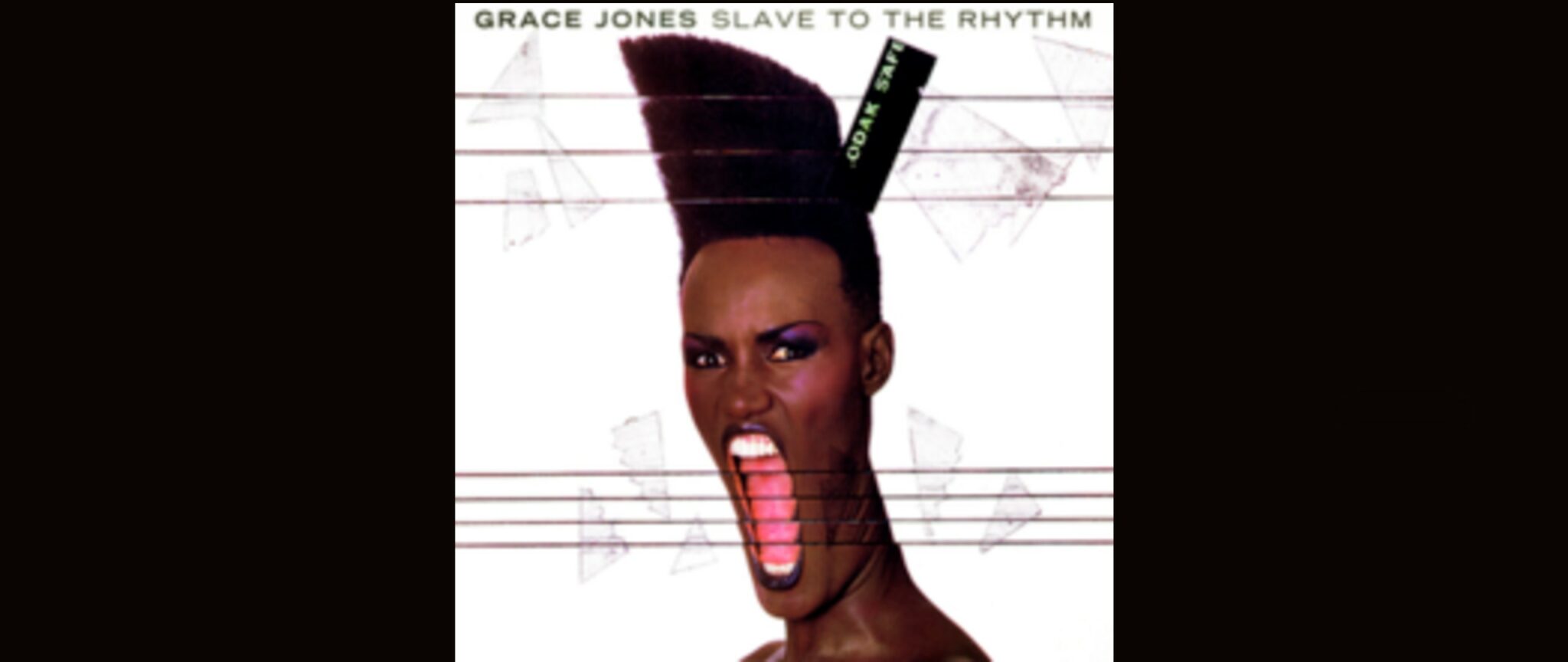
Grace Jones is no slouch when it comes to album covers. This one however, created by collaging multiple images of Jones, is reminiscent of fractured visual effects of a trip, albeit in a very angular 80s way.
Emperor Tomato Ketchup, 1996, Stereolab
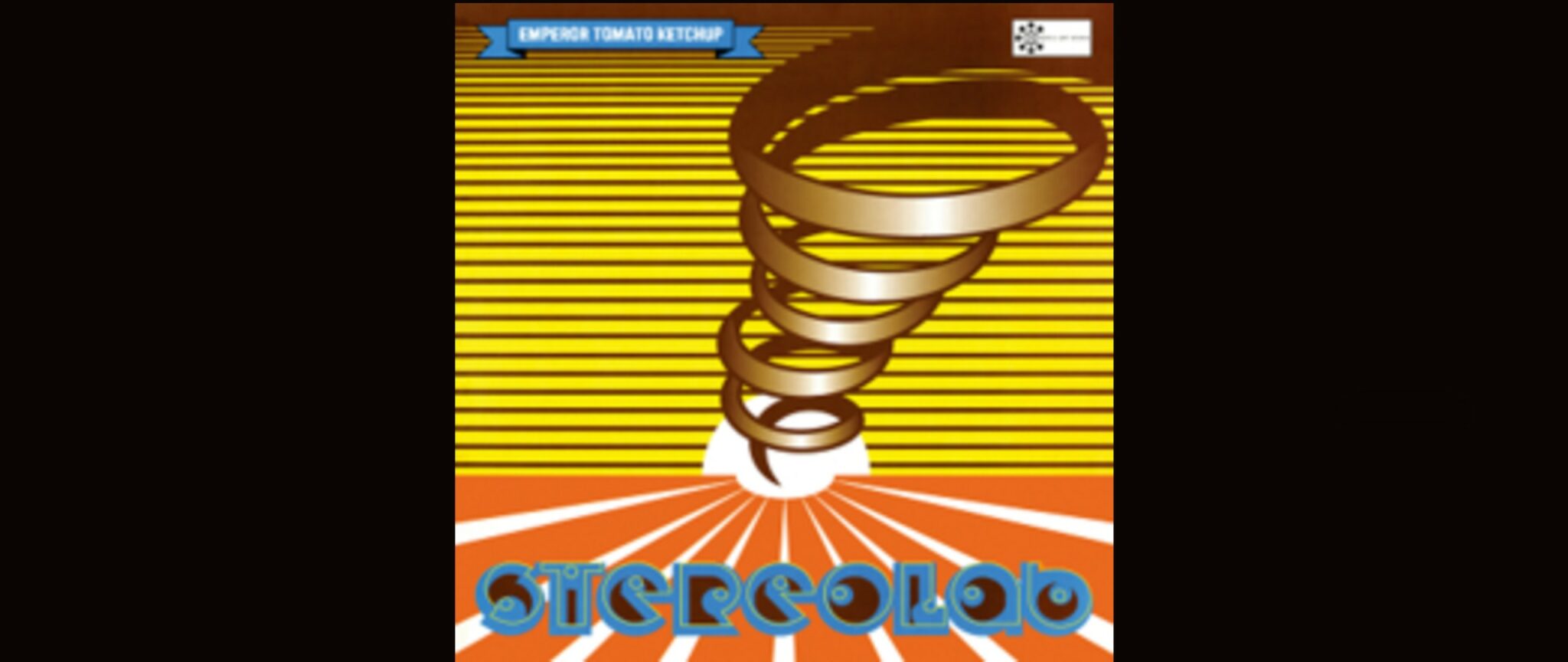
This iconic 90s album featured a cover directly inspired by 60s psych. On the record the Anglo-French band featured looped sounds, referenced perhaps in the spiral on the cover. Described as “wholly futuristic and alien” when it was released, its artwork seems to follow the lineage of the 13th Floor Elevators album cover from decades before.
Yoshimi Battles the Pink Robots, 2002, The Flaming Lips
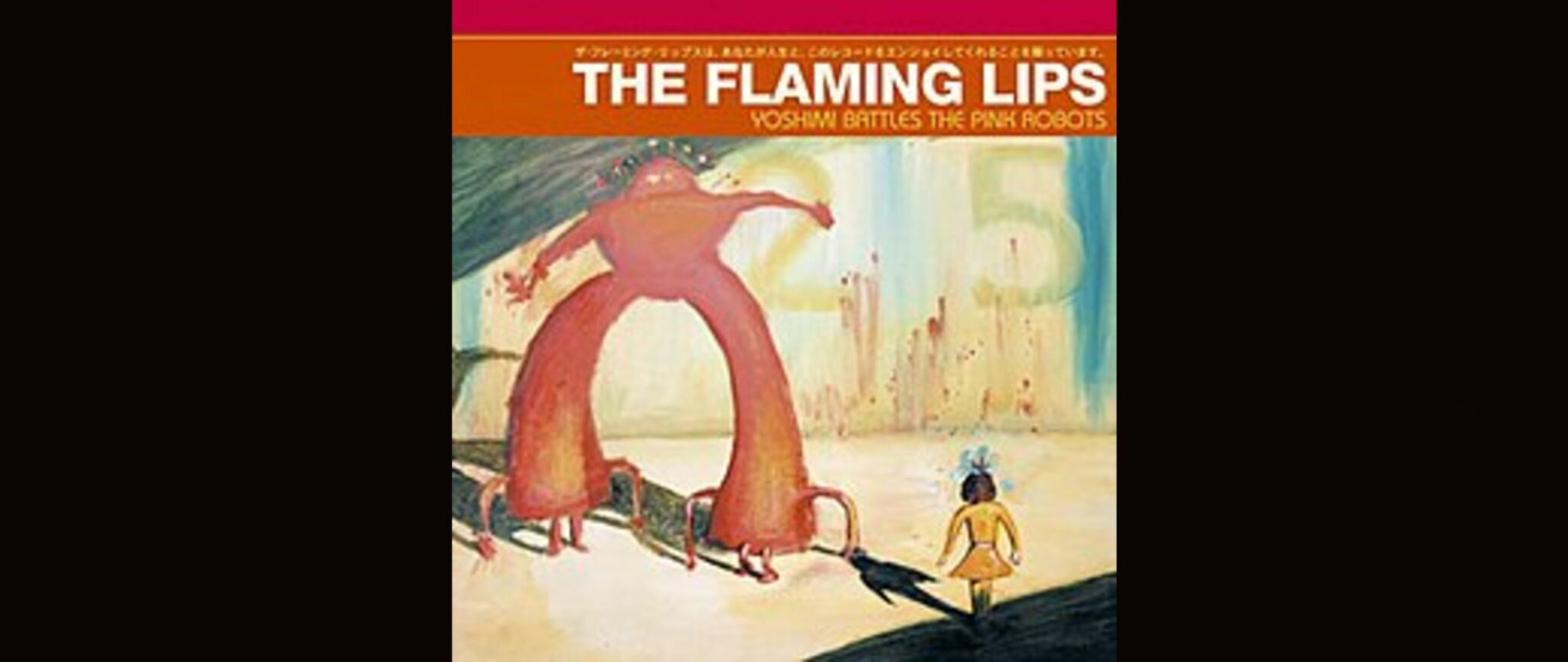
Painted by The Flaming Lips very own frontman, Wayne Coyne, this cover illustrates the title track in soft brushstrokes. A small girl with the shadow of a bird squares up to a colossal pink robot, with extra legs sprouting from his legs. We don’t know what their quarrel is, but the pink splotches on the wall lead us to believe that unfortunate robots have met their end in this alley-way before. Also on the wall, is the number 25. Due to the band’s eccentric reputation, suggestions that this could stand for LSD-25 are not completely out of this world.
Flower Boy, 2017, Tyler, The Creator
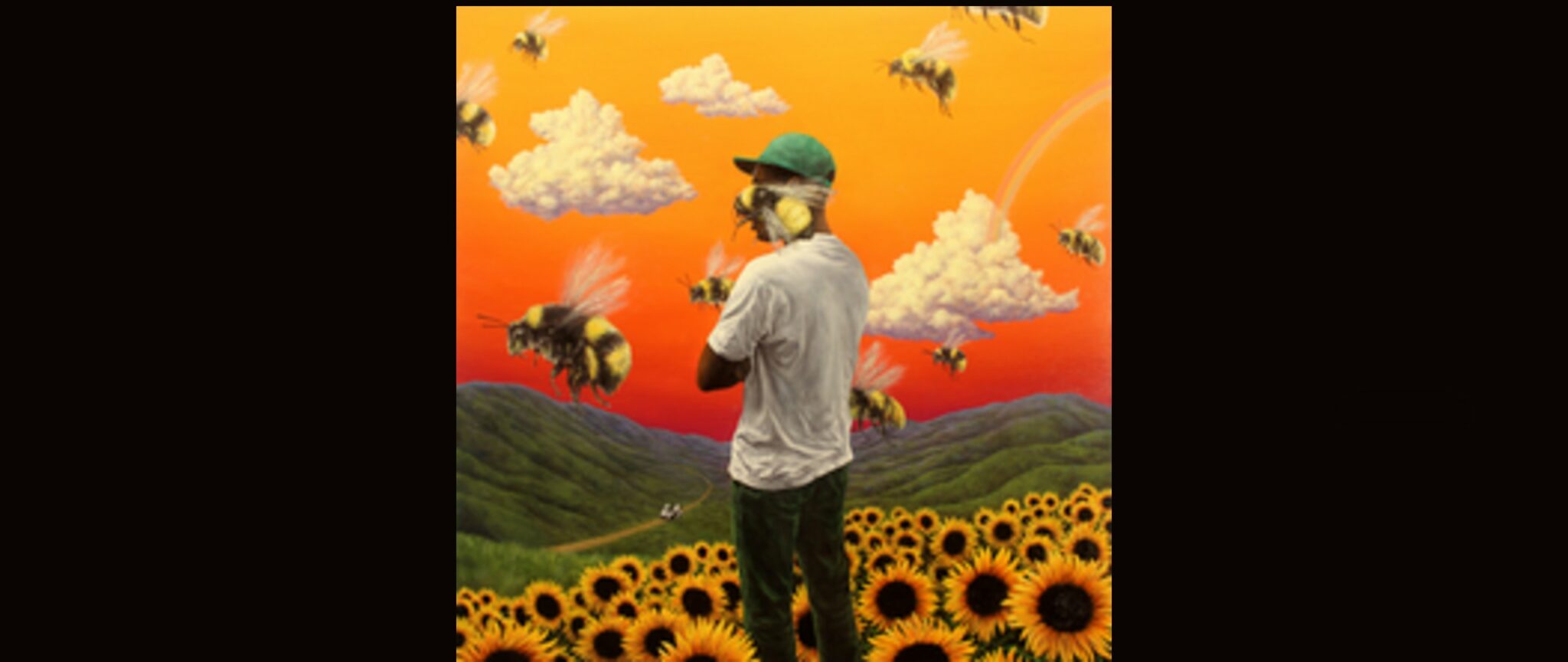
Artist Eric White painted the cover for Tyler, The Creators 2017 album. It features Tyler standing amidst a hyper-saturated landscape, at his feet a crop of sunflowers, his face obscured by the supersize bees that hover beside him. He seems to be gazing at a car, far off in the distance. Perhaps he has ditched the motor to reconnect with nature, amongst the flowers and the bugs— a true psychonaut move. Whatever the meaning behind this inscrutable cover, the imagery and style can be traced back to both surrealism and the psychedelic covers of the past.
To feast your eyes on some more psychedelic treats check out our top 10 trippy music videos parts 1, 2 and 3!





